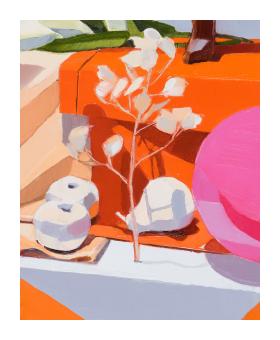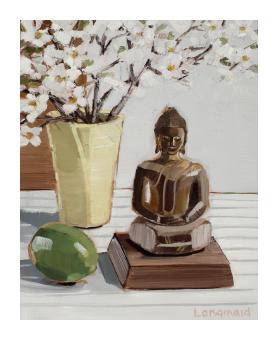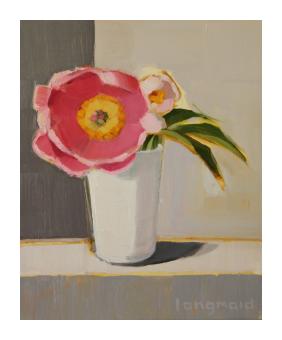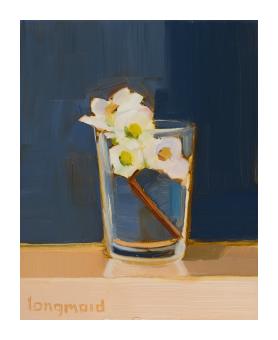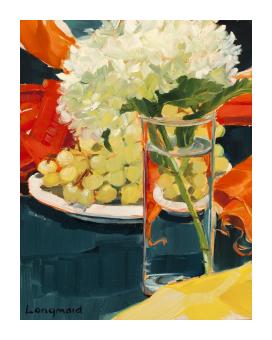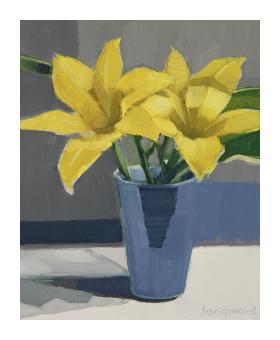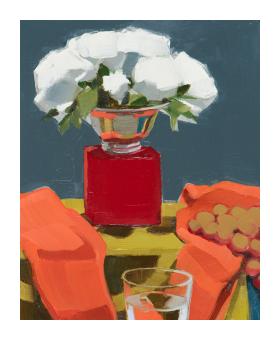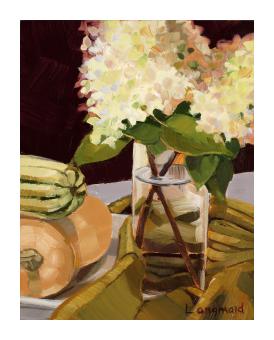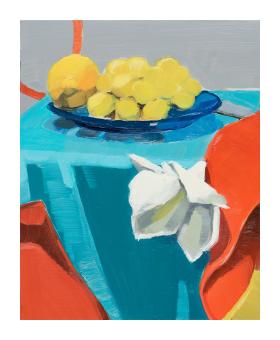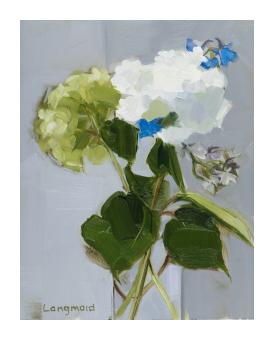Born outside of Philadelphia, Kate Longmaid has always been drawn to art. She obtained a Bachelor of Arts in “Psychology and Art: Theory and Practice” at the University of Michigan, graduating with high honors and high distinction. Relocating to Brooklyn and then Maine, she continued her studies at Parsons School of Design and the Portland School of Art. Longmaid went on to obtain a doctorate in clinical psychology from the University of Virginia. In 1994, she moved to Shelburne, Vermont and resumed painting, inspired by the beauty of the Vermont landscape. Longmaid’s paintings have been exhibited in galleries and museums on the East Coast and in Canada and are held in private collections throughout the United States. She was the recipient of the Shelburne Farms Vermont Studio Center Residency Award at her first juried show. Longmaid’s work was featured in the traveling exhibition “Women to Watch 2010: Contemporary Figurative Painting” curated by the Vermont Committee of the National Museum of Women in the Arts in Washington, D.C. This exhibition visited galleries throughout Vermont, including the West Branch Gallery, the Christine Price Gallery, the Amy Tarrant Gallery, and the McCarthy Arts Center. Longmaid was one of eight women selected for the 2010 exhibition “Body of Work: New Perspectives on Figure Painting” at the National Museum of Women in the Arts in Washington, D.C. This exhibition was part of the museum’s biennial exhibition series Women to Watch which features emerging artists from the states and countries in which the museum has outreach committees. Through a contemporary approach to portraiture, I explore the rich terrain of individual identity and what is revealed in the intimate moments of seeing and being seen. Working in the alla prima tradition, I paint largely from life, seeking to capture a sense of immediacy, freshness, and depth in my portraits. From the privileged position of witnessing the other, I seek to convey the unique presence of each subject as well as our shared humanity. Following the Women's March, I awoke with a vision of graffiti scrawled across a portrait. The vision translated into a body of reworked portraits featuring slogans from recent political events and quotations. The act of writing over the portraits has been empowering and liberating. The portraits move from the singular to the universal, merging image with voice. The work is ultimately about freedom of expression and the importance of speaking on behalf of those who cannot speak or are at risk of being silenced.


